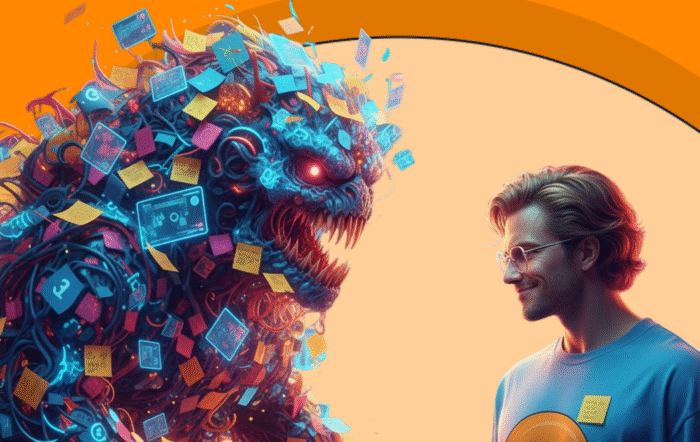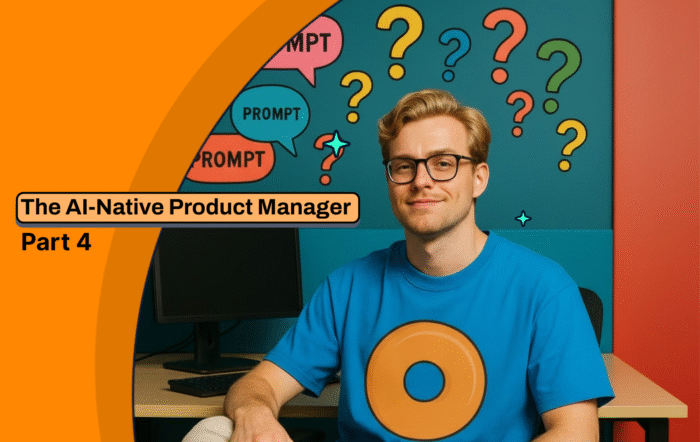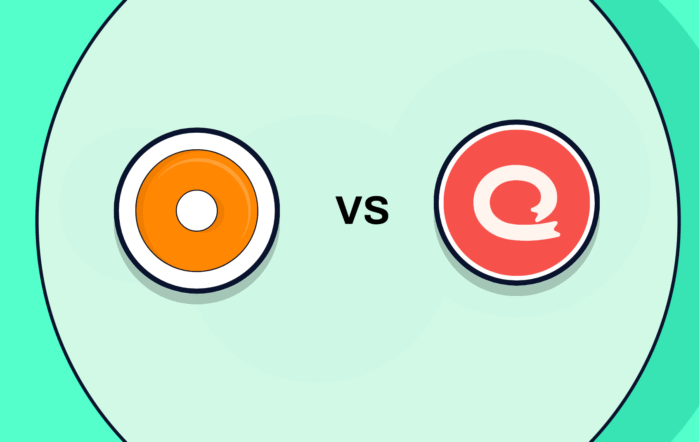The gold rush to build GenAI in-house has become one of the quietest productivity drains inside product-led companies. Teams are launching internal copilots, hiring AI task forces, and promising to “own their stack.” Twelve months later, most of those projects have stalled.
According to the State of AI in Business 2025 report, internal AI builds fail twice as often as external partnerships. Despite record investment over $30 – 40 billion globally in the past two years 95 percent of organizations still report no measurable ROI from their AI initiatives. The data shows that companies are not struggling to adopt AI. They are struggling to make it work.
The report calls this gap the GenAI Divide, the split between companies that are learning from AI in production and those still tinkering with prototypes that never reach the front lines.
Why Internal Builds Keep Failing
Product leaders often believe that building AI internally will create control, better data governance, and differentiation. The report shows that, in practice, it creates slower feedback, higher maintenance, and weaker adoption.
Among 52 organizations surveyed, internal builds reached production only 33 percent of the time. External partnerships reached 67 percent.
The main issues are consistent:
- Feedback is too slow. Internal systems evolve through engineering backlogs, not real-time use.
- Integrations break. Custom builds rarely sync smoothly with Salesforce, Jira, or Zendesk.
- Ownership fades. Once leadership priorities shift, AI projects lose sponsors and stall.
These patterns repeat in nearly every case study reviewed in the report. Internal builds struggle not because of bad teams but because the loop between users and learning is too long.
Teams that work with external platforms benefit from existing infrastructure, refined workflows, and immediate feedback loops. They start learning on day one instead of month twelve.
Internal Build vs. External Partnership (Based on State of AI in Business 2025 Report)
| Category | Internal Build | External Partnership / Platform |
|---|---|---|
| Success Rate | 33% reach production | 67% reach production |
| Average Time to Deployment | 9–12 months | 2-3 months |
| Feedback Loop Speed | Slow, dependent on engineering cycles | Continuous, driven by user data |
| Learning Capability | Limited – static models, manual updates | Adaptive – learns from every use |
| Integration with Existing Tools | High effort, often fragmented | Built-in connections to GTM and product systems |
| Maintenance | Heavy internal overhead | Shared ownership with vendor |
| Business Impact Tracking | Manual, inconsistent | Automated, linked to revenue metrics |
| Scalability | Requires new resources per use case | Expands across teams with minimal lift |
| Cost Profile (12 months) | High upfront + ongoing internal cost | Lower total cost, faster ROI |
| Primary Risk | Stagnation and internal fatigue | Dependency without clear alignment |
| Primary Advantage | Custom control (short term) | Continuous improvement (long term) |
The table highlights what the report’s data makes plain: internal builds rarely fail because of poor engineering. They fail because the learning speed and integration quality can’t compete with systems already trained and optimized across multiple companies.
Why Most Pilots Stall Before Production
Across more than 300 enterprise GenAI initiatives analyzed in the report, only 5 percent moved from pilot to production. The failure point is not the model. It is trust.
AI pilots demonstrate what is possible, but not what is dependable. When teams begin using them in live workflows, accuracy drops, context disappears, and no one knows who owns the output.
The friction points are predictable:
- Lack of memory and feedback retention
- Complex onboarding
- Confusing accountability
- Weak connection to business outcomes
Even the most advanced tools fail without context. The report emphasizes that success depends on how quickly a system learns from usage, not how sophisticated it looks in a demo.
How Smart Teams Cross the GenAI Divide
Smart product teams build momentum. They do it by creating fast feedback loops, working in tight scopes, and linking AI directly to business impact.
According to the report, mid-market teams that focused on narrow, high-value workflows reached production in 90 days. Large enterprises pursuing broad automation took nine months or longer.
The difference was learning speed.
Teams that progress quickly share these habits:
- Use adaptive systems that improve through daily use
- Keep the problem small and measurable
- Integrate AI inside existing tools where decisions already happen
- Treat partners as co-developers who accelerate learning
The report calls this the “learning-first” adoption model. The more often teams close a learning loop, the faster they see value.
Turn Feedback Into Revenue
See how Bagel AI brings real-time product intelligence and impact to every product decision.
Redefining Success: The KPI Horizon
Even successful deployments fail to sustain momentum when success is not measured properly. The report notes that most KPIs around GenAI are too vague to be useful.
Teams that measure progress well define metrics across short and long horizons.
Next week:
- Has the system been used in a real workflow?
- Can feedback be captured instantly?
Next month:
- Has performance improved from usage?
- Did it help a team make a faster or more confident decision?
Next quarter:
- Has adoption spread organically?
- Are there visible gains in speed, customer satisfaction, or revenue?
Next year:
- Has AI become part of core decision-making?
- Does it now learn continuously from company data?
This approach transforms AI from a one-time project into a compound learning system.
Why Learning Systems Win
The strongest predictor of GenAI ROI is a system’s ability to learn from feedback. The report found that platforms with adaptive memory and continuous improvement reached meaningful scale within six months. Static tools failed to create measurable business impact.
Executives identified four consistent success factors:
- Understanding of team workflows
- Minimal setup time
- Clear data boundaries
- Demonstrated improvement over time
AI performance depends less on the size of the model and more on how fast it can evolve.
Lessons from the Field
The report warns that the next 18 months will define long-term winners. Once AI systems are trained on company data and embedded in workflows, replacing them becomes expensive.
Product-led companies must decide where to spend their time. They can invest another year building something new, or they can adopt systems that are already learning.
Agentic platforms with persistent memory and feedback loops are emerging as the most effective path across the GenAI Divide. These systems improve continuously, deliver visible business outcomes, and integrate directly with existing workflows.
Build Momentum
Smart product teams build momentum. They focus on learning velocity instead of code ownership. They adopt systems that can grow with their business. They measure progress weekly and expand based on results.
The companies that act now will compound learning before the rest of the market catches up. The next era of product-led growth will belong to those who learn faster, adapt faster, and treat AI as a living system rather than a construction project.



